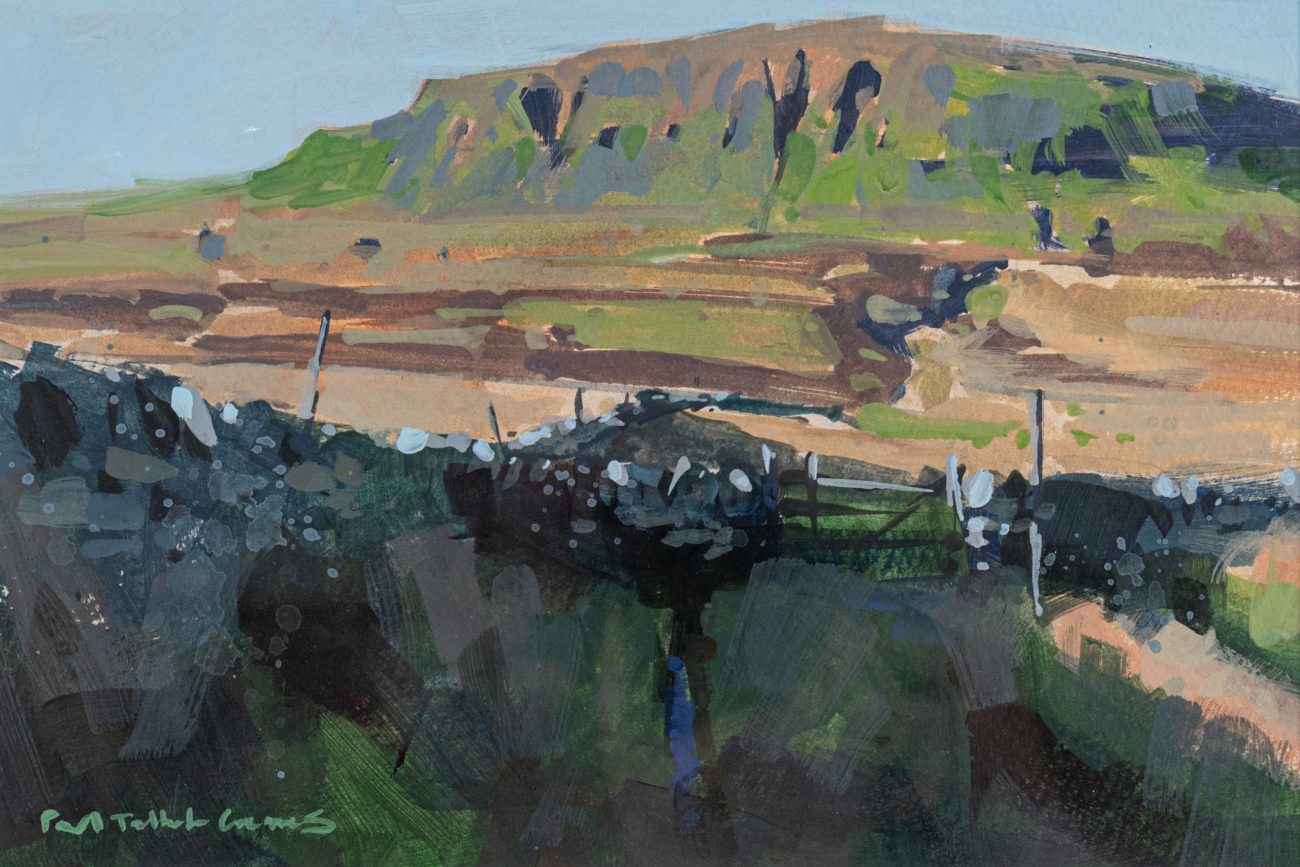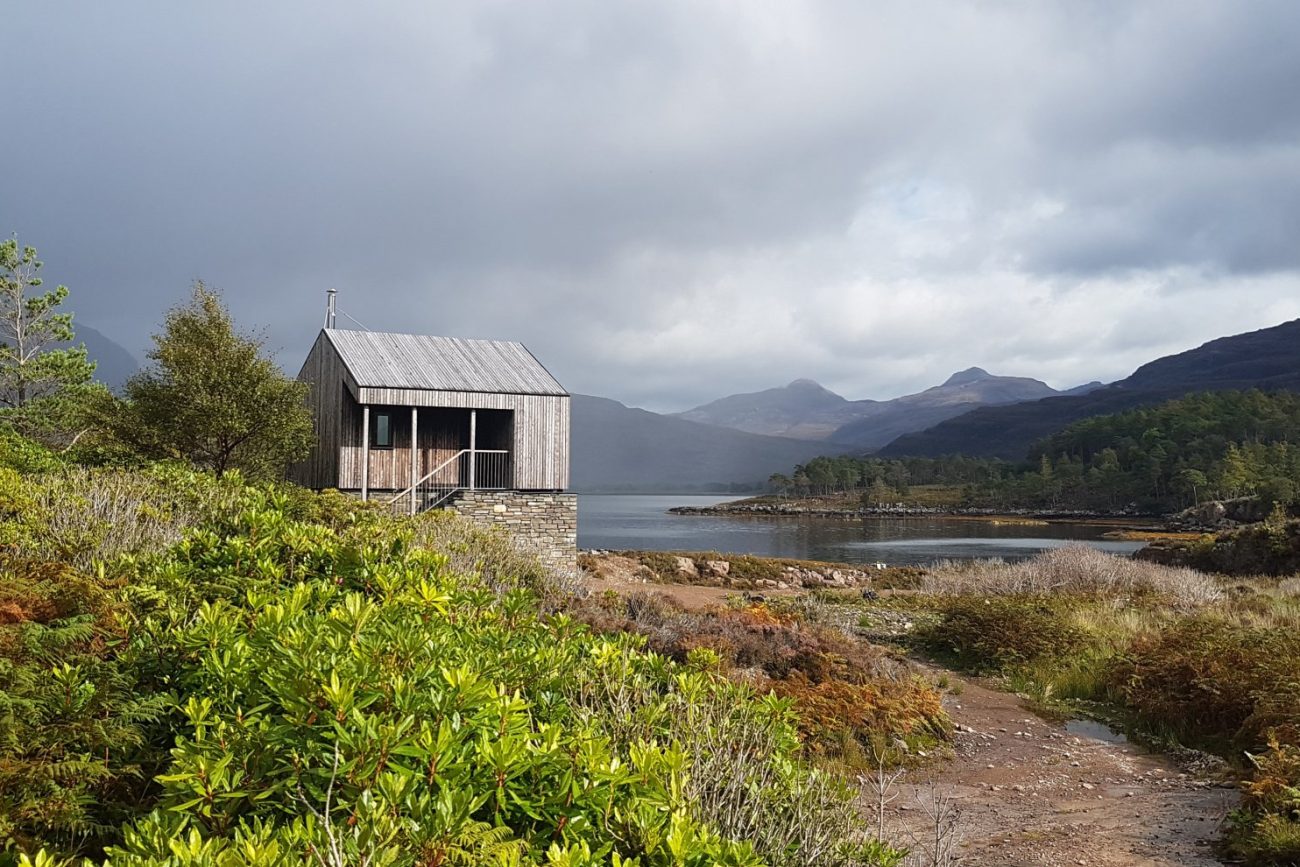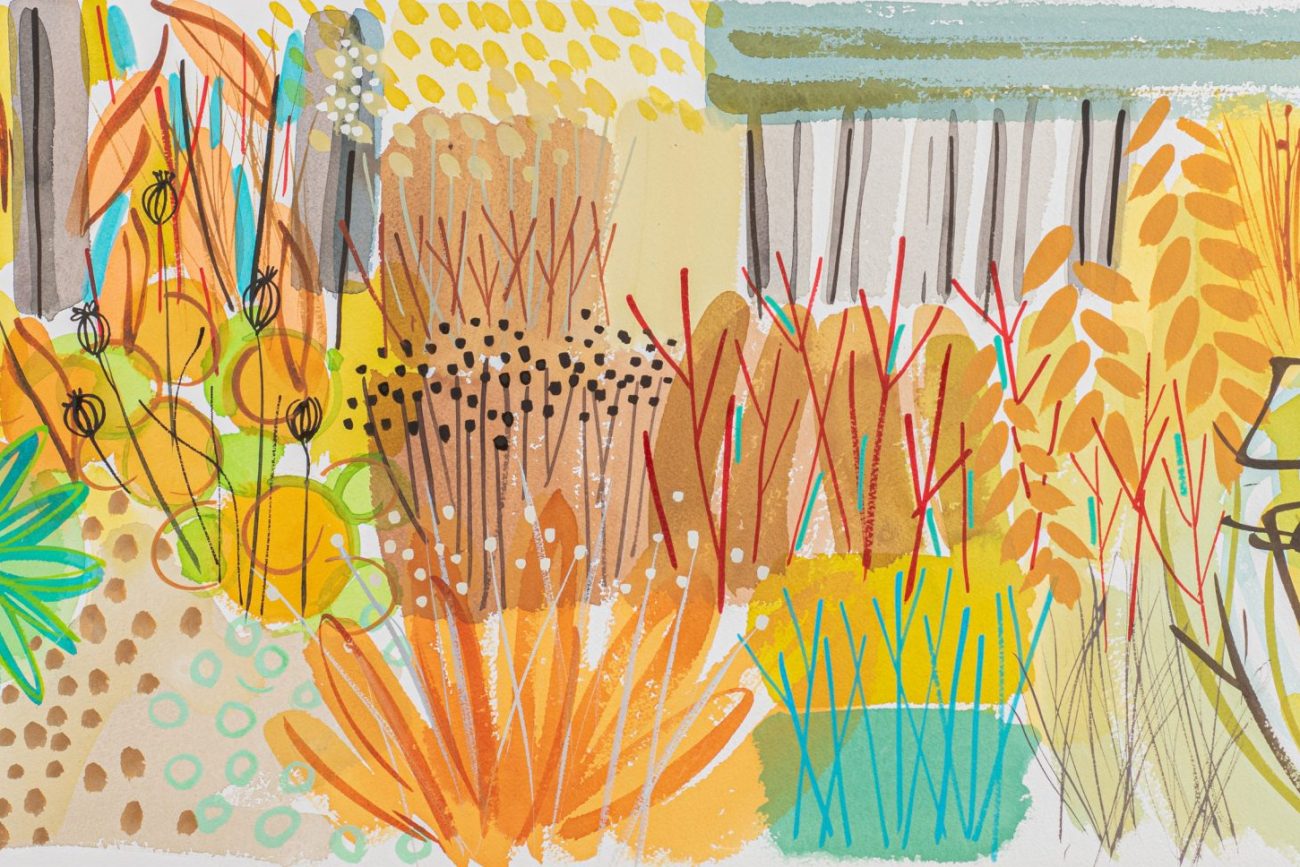Andrew Farmer ROI
As we approach the opening of his solo exhibition, North Landing, in October, artist Andrew Farmer talks to Mag North‘s editor, Colin Petch about his work, his inspiration and why he loves to paint en plein air. There is something immediately likeable about this accomplished painter, as we talk in his studio, anonymously situated at […]









